If you are using a screen reader
and having difficulty, please email
us at info@artadia.org
and having difficulty, please email
us at info@artadia.org

A: You received the Artadia Award in 2018. Could you speak a little bit about what you were working on at that time?
FA: Yes, at the time I had recently installed my first solo exhibition, Voices of Our Mothers: Transcending Time and Distance, at a public art institution and in the US. It was also my first time showing work in Houston so there were a lot of first times taking place for me. The sole work in the exhibition, a 7-channel video installation, was a culmination of many years exploring various forms of time-based media and testing out different strategies combining them. Part of what was holding me back was not having access to the technology nor the space needed to actualize the work. This multichannel work essentially came together by pulling from and using the resources available to me which were the older tube televisions. Once everything was plugged in and playing together, it suddenly all clicked and made sense. I didn’t need fancy projectors nor any special media players or software to have everything perfectly synced. It was then that I realized that it was through the “imperfections” – the varied white/color balance and the slight out-of-syncness from the screens – that I finally was able to emphasize the dissonance I was aiming for in the work.
Around the time I was selected for the Carol Crow Memorial Fellowship at Houston Center for Photography, my initial proposal had already been rejected so many times by so many different open calls that I remember almost not applying for this opportunity at HCP. The fee to enter was so high and I couldn’t afford it at the time. I began to feel self-doubt because the work is not a photograph and I had never seen any kind of work like it (in terms of medium and content) in this space nor any other institution. So part of submitting an application was going against convention but more importantly it was about forging space for this kind of work.
In the end, I was fortunate to have this work selected by the guest juror Charlotte Cotton and that definitely gave me and my work a sense of validation, and particularly within the context of photography. The funds from the fellowship enabled me to purchase my own televisions and media players which I continue to use to this day.


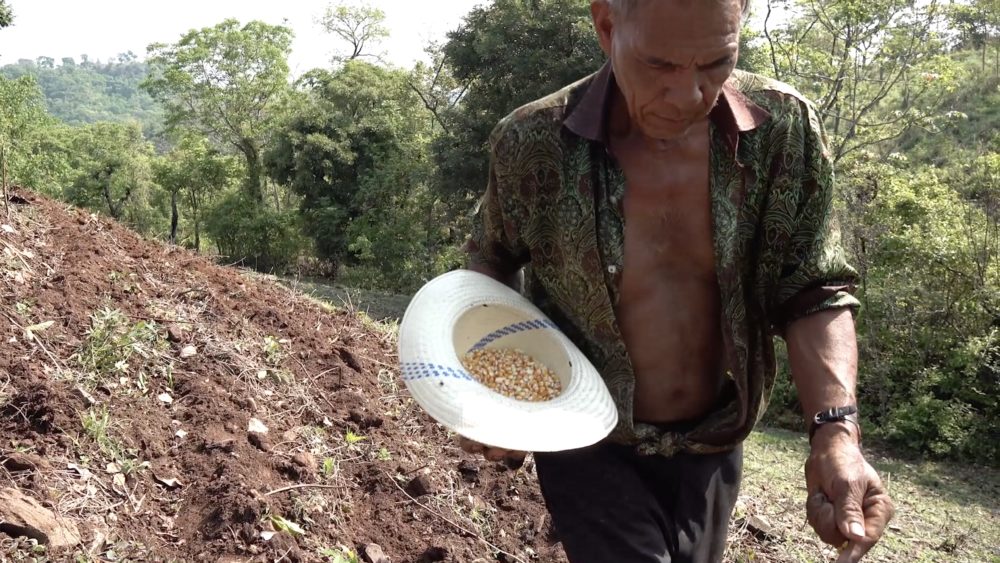
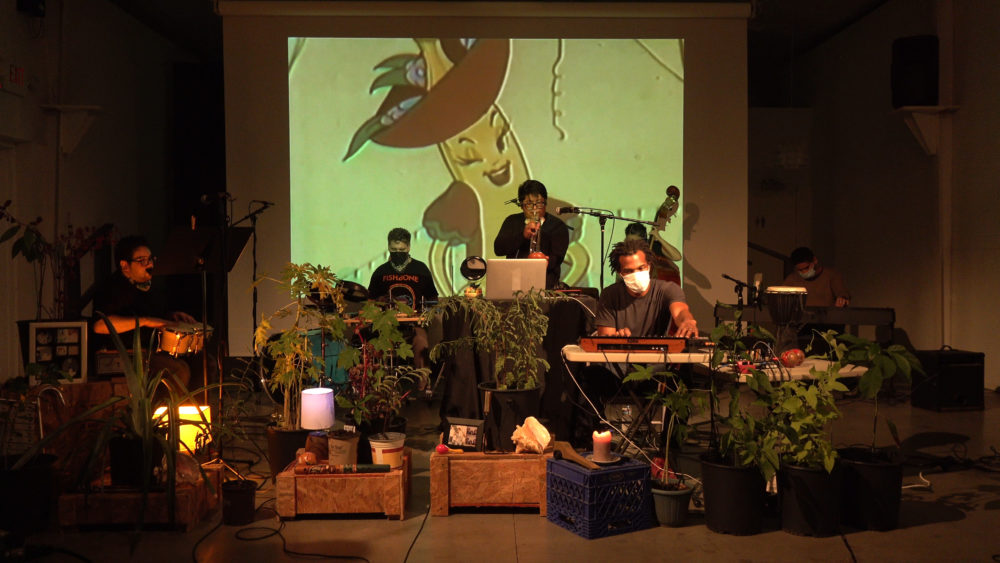
A: Can you talk a little about your most recent body of work? You recently had a solo exhibition at the Galveston Arts center and Artspace In San Antonio, “rhythm and (p)leisure,” Could you talk about the development of this show and how it came about?
FA: rhythm and (p)leisure is another work that spent lots of time on the back burner and took several years to make. Similar to my previous proposal, it was rejected a number of times until it appeared in front of the right person. During that time, the ideas behind the work continued to develop and become more and more refined through the process of writing. Then, a few months after being awarded an Artadia award, I was selected by Karina Aguilera Skvirsky to realize my proposal for the Artpace Residency program in San Antonio the following year.
With the funding from Artadia I was able to purchase a computer and higher quality recording devices. It also afforded me the time to take three weeks off from work to go film in Central America before starting the residency. The work took a village to create and thanks to Artadia and Artpace, for the first time I had a budget to produce new work and I was able to compensate all those involved. An act that was very empowering as I was able to redirect funds to these various communities for their labor and contributions to the work.
The project was more ambitious in terms of scale and duration; it’s an 8-channel video installation that’s a little over 36-minutes long. A sort of meta-narrative with no dialogue but instead a visual and aural tour of working-class labor that speeds up as you transition from the countryside to the city. I was thinking a lot about productivity and value; how the meaning of those terms change depending on whose body is performing what. I question what bodies are afforded leisure and what bodies are not. How do we re-claim ownership of our own bodies, our labor, and the fruit of our labor? I believe the videos in the work reveal this by re-framing the way we look at Central American communities and combating negative depictions portrayed by mainstream media.
A: You often work within a range of media, from video installation to performance and text, incorporating music and storytelling, what role does materiality or media play into your overall narrative and ultimately your artistic practice?
FA: I grew up playing music all throughout middle and high school and never took a formal art class until I got to college. I was curious about photography and the darkroom process so I took a class and got hooked. Eventually I transferred into an art school and that is when I was introduced to painting and sculpture which opened up a whole new world for me. This is where I began working with clothes because I realized a photographic representation (or even a painting) could only go so far for what I was interested in. By senior year I had accumulated way too many artworks and because I was financially unstable, I had been moving around a lot. I decided to stop making stuff and instead turned back to the camera, except this time it was the video camera. I was initially intimidated by it and the editing software, in fact I didn’t even own a computer at the time. But I pushed myself and I learned by poking around in Final Cut. I ended up making my first film which was a short documentary about my family’s housing situation. It worked out unexpectedly because through other mediums I wouldn’t have been able to talk about homelessness in the same way. That’s when I realized that through video I am able to bring together all of my interests: image, sound/music, time/duration, and storytelling.
When I went on to grad school, I continued to work with video because it didn’t cost anything and it could be stored in a hard drive. I still didn’t have anywhere to store new physical works so I just avoided making any and instead began exploring writing, sound, and performance. Initially I was thinking of them separately but eventually they began to overlap with one another; however, to combine them with video has proven to be a challenge. It wasn’t until completing my most recent collaborative work, Navigating the Archives Within, that I’m finally able to see my own progression.
For the project Navigating the Archives Within I created a film tracking the evolving (mis)representation of Latinx communities in mainstream film and media, from the inception of Hollywood up to the present. The film was then scored with a live improvisation including my reading of prose creating again that dissonance between image and sound. The nature of how the work (and most of my work) doesn’t fit neatly into any category, reflects the way that my own identity also doesn’t fit neatly into any one category.
Having gained stability in the past couple years, I have begun re-introducing physical components to my most recent works. The clothes are back again and I continue to incorporate wooden pallets. To me both of these function as symbols of global trade but I’m also interested in their corporeal properties and their associations to class and the division of labor. More specifically, their circulation interests me in the way they mirror the circulation of people/communities offering up their bodies/labor, and by extension the circulation of culture and how it is consumed, appropriated, repackaged, and resold. A concept that brings me back to the use of video in my work as my primary medium. Growing up in South Central Los Angeles in proximity to Hollywood and seeing the (mis)representation of Black and brown communities had a major effect on me. Taking on the role of artist, filmmaker, author, or storyteller enables me to counter these negative depictions and the commodification of our bodies and our cultures. By using and combining a variety of media I am able to create multiple points of access/entry and speak to the layers and complexities around migration, place, and identity, and how they intersect. I don’t want to simplify these ideas but rather unpack them, and using time-based multimedia work allows for this.
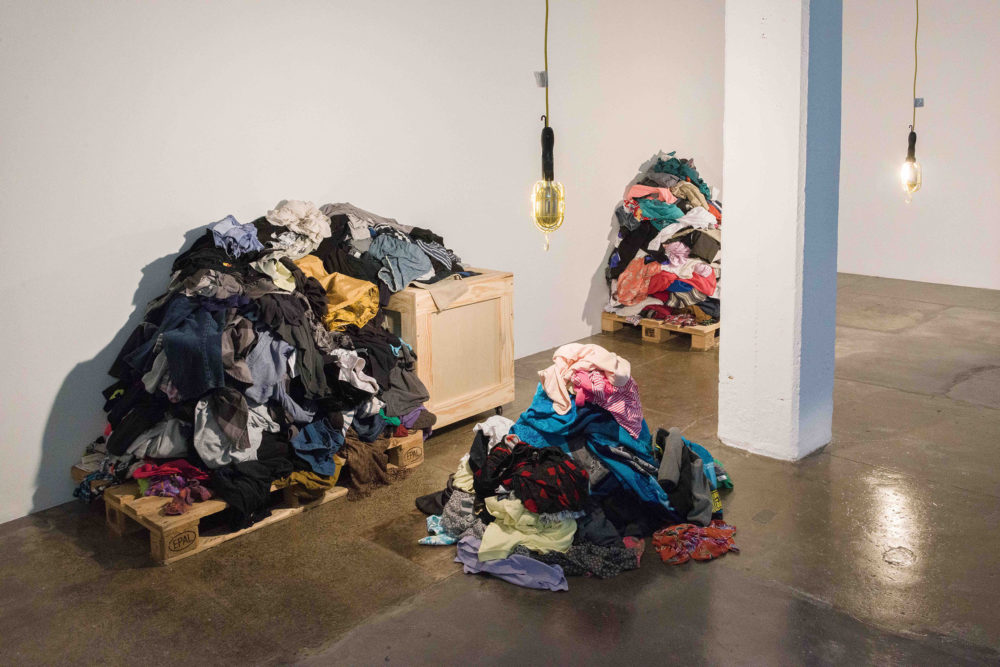



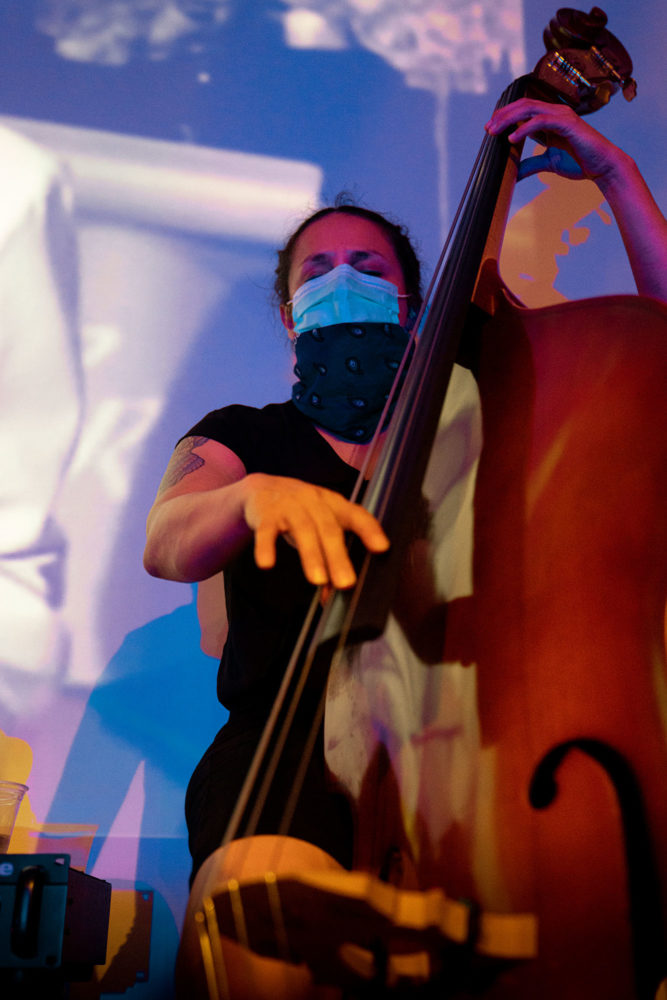
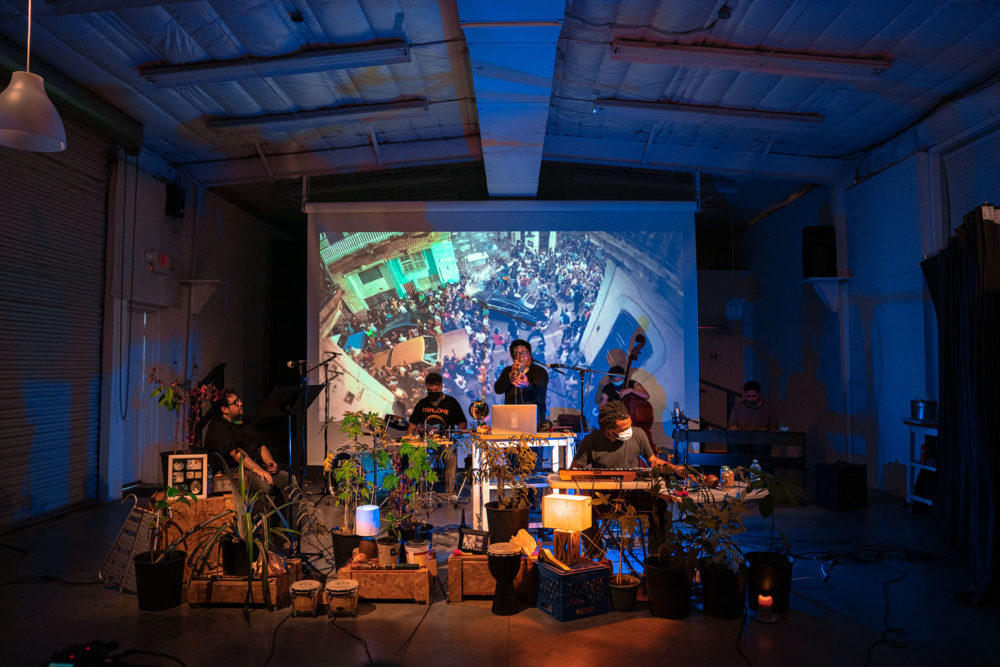

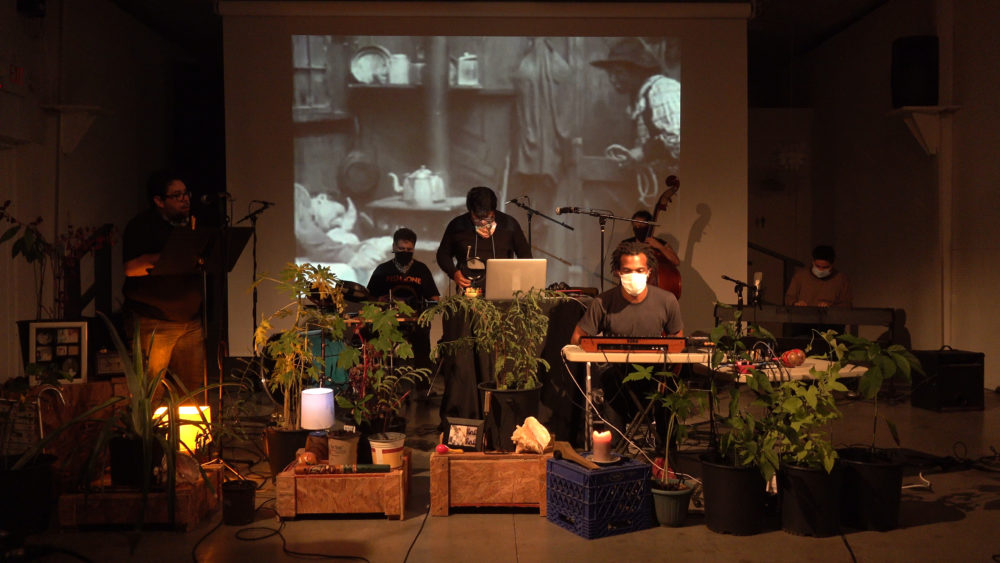

A: Are there any artists or artists’ projects that have resonated with you lately or any thing coming up that you are interested in/ looking forward to?
FA: The work of Grada Kilomba, Victoria Santa Cruz, Steve McQueen and Kahlil Joseph are a few that have brought me to tears and have really moved me in ways no other work has. Every time I revisit their work or listen to recordings of them speaking about it, I gain new insight. In my formative years, I was also really drawn to the work of Susan Meiselas, Nicaragua in particular comes to mind as we are still seeing and living the repercussions of American imperialism throughout Central America and beyond. Yolanda M. López’s work at MOLAA in Long Beach was also very influential and marked the first time I ever experienced an artwork in a museum reflecting not only my community but also my bicultural upbringing. Chantal Akerman, Agnès Varda, and Ross McElwee have also been influential in the ways they incorporate the biographical into film. More recently, and in Texas, I’ve been blown away by the work of Jennif(f)er Tamayo, Awilda Rodríguez Lora, Amalia Ortiz, and Lisa E. Harris – all of them combining video, writing, and performance, and really pushing the boundaries of art. I definitely have them on my radar and I encourage readers to check them out if they haven’t already.
A: 2020 has definitely been a very tumultuous year for everyone, how has this year impacted you as an artist? Has it influenced your perspective or your practice? And finally, how do you see your work moving forward in 2021?
FA: Receiving the Artadia award followed by the Artpace residency has been opening many doors for me here in Houston including teaching. The past couple years have been both really busy but also very productive. I’ve been able to create a few smaller works as well as two large-scale projects. The year 2020 forced a pause but a very necessary one for me. Having the summer off allowed me to focus my attention on other important things like checking in on family and friends. I also took the time to engage in more conversations around the growing intersecting issues of race, class, gender, and inequality in this country and around the globe and to think about ways to combat these issues more effectively in my immediate surroundings and day-to-day life. This made me realize how important and necessary the work I do is, and that it is my responsibility as an artist and as an educator to continue doing the work of collaborating and building community.
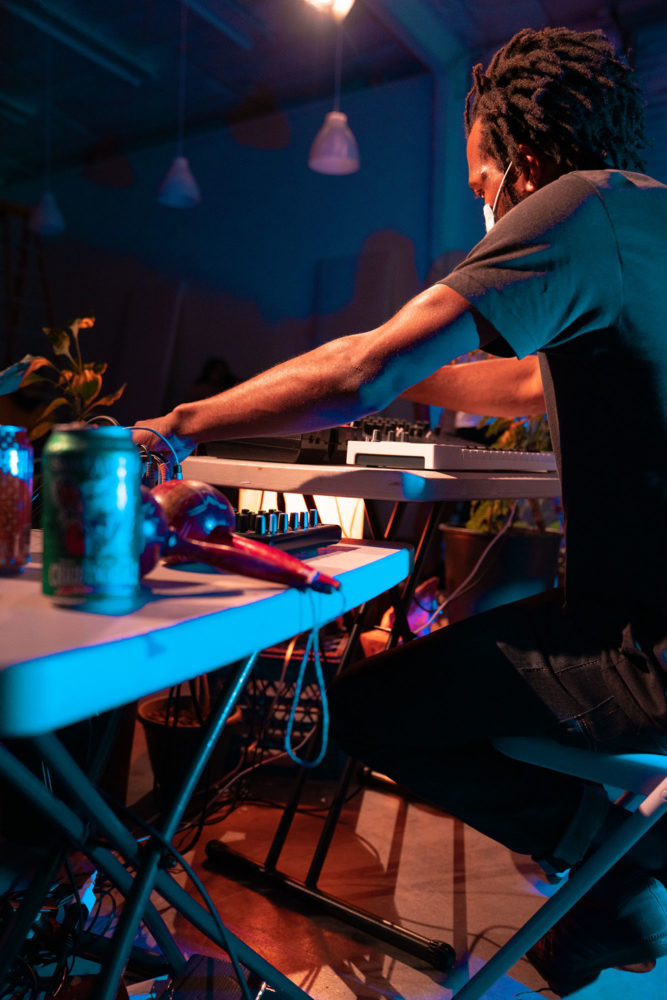

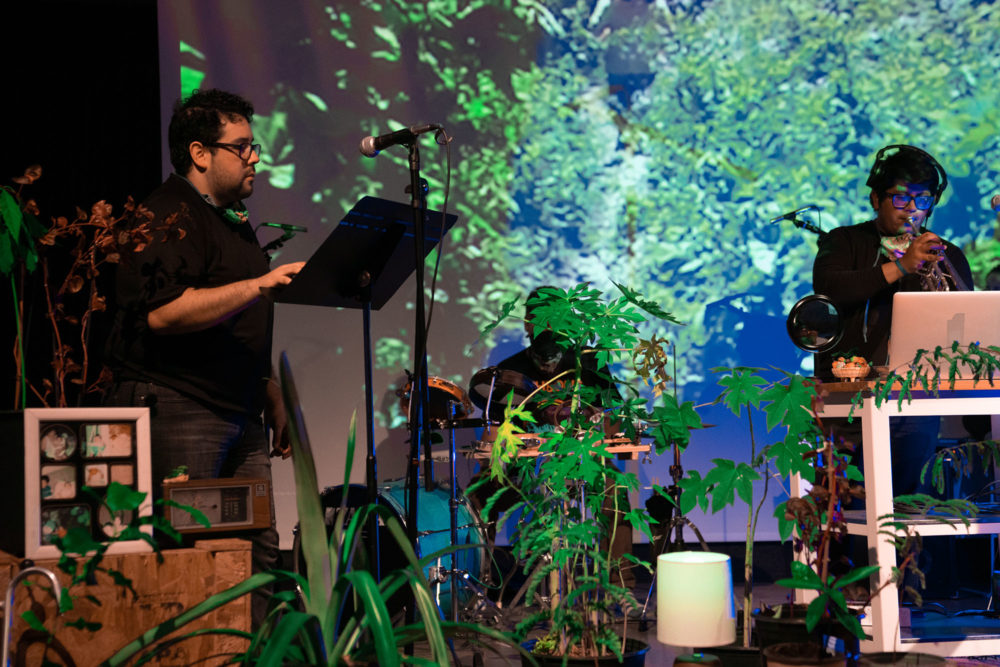
Francis’s biography and all images courtesy of the artist. To see more of Francis’s work, visit his website and Artadia’s Artist Registry.